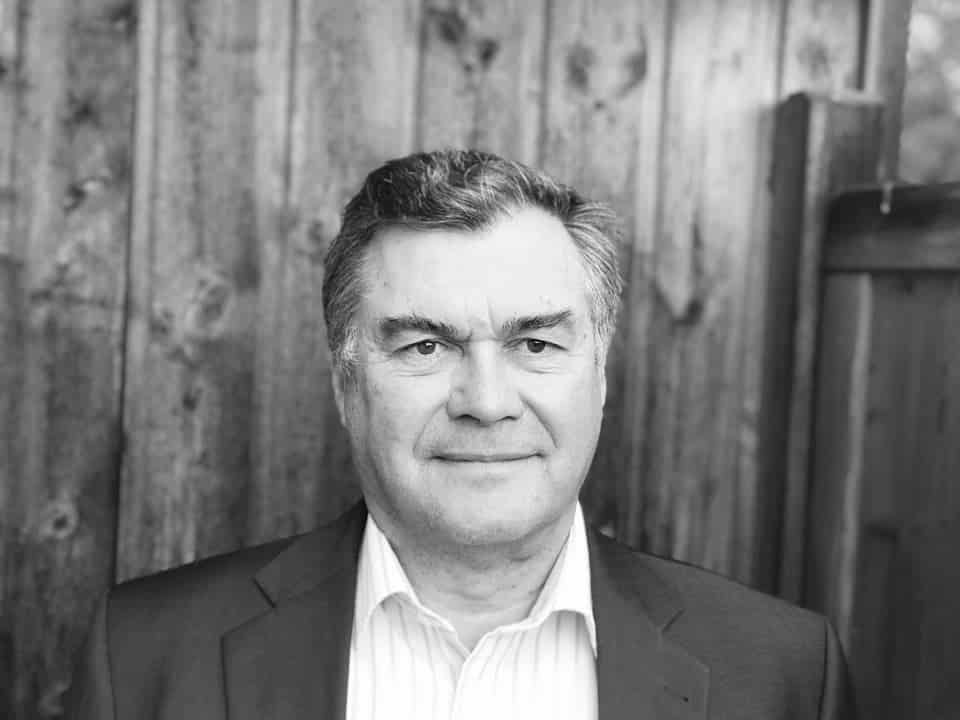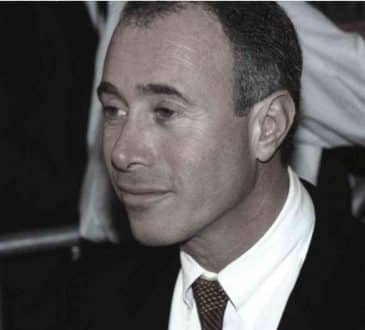How to maintain high performing teams through the COVID-19 lockdown

COVID-19 is keeping our world in suspense. Governments and crisis management bodies are installing quick measures for remedy in all areas of our daily lives. Social distancing is imperative, and many parts of our societies are now locked down.
Obviously, this has huge consequences privately and professionally. Today home office, the use of digital networks are valid responses and of substantial help to professionals, families and students, notwithstanding that large parts of our production and services have just come to a halt because access to their markets has been blocked inducing enormous repercussions for the individuals, companies or the population as a whole.
And what about the teams that guarantee supply and infrastructure or must perform in the middle of the battle against the disease e.g. in hospitals or health care services? We reduce activity on the one hand but must continue to deliver in important areas on the other hand where people are now in overtime or overworked.
Solidarity is the essence, and we experience wonderful examples of how people are helping and taking care of each other. We need to keep in touch and maintain our bonds. But how will this evolve over time? How will teams and our heroes that are in lockdown or who are supporting businesses, society and us all in this disaster sustain their high performance?
Whatever the situation one truth stays unchanged: high performing teams thrive on high performing human relationships. This evidence is still relevant during a crisis and there are three steps to remember. High performing teams consciously and autonomously invest time in managing their relationships for creating emotional bonds and cohesion despite social distancing or restrictions in work environment.
In the settings of increasing demands at work we cannot underestimate the impact that the sharing of the strategic elements of the activities of the team has and the substantial human warmth it generates. The feeling of individual stress and incapacity is replaced by a powerful source of stimulation and recognition.
The three contracts to consider
- Step 1: ‘Meteo’
Adjustment of imago is the first step to remember. We call it ‘meteo’. It is a group’s experience of daring, sharing and caring. How does it work? Team members express openly their personal situation by asking: “What’s the weather like today, inside?”.
Each person takes turns in sharing in the team very briefly the feelings and/or preoccupations she or he is momentarily carrying around. The whole round for everybody to speak up takes only a few minutes, because during ‘meteo’, the audience is supposed to listen without commenting to the one participant speaking. The group then rewards immediately after each individual statement with an unconditional, personal thank you. In general, and as in the example of imago adjustment the exchange of signs of recognition, the discharge and the sharing become essential for people to connect the dots and recognize their communalities as a team. They are the means that lead to the team’s cooperation contract and ultimately to interdependency. - Step 2: Coherence
The second step is ensuring that the team’s needs are coherent with the needs of the organization. The team addresses its requirements of human interaction in cooperation and aligns them with the objectives of the leadership in the organization. If this is not prioritized then the emotional state will become the barrier consciously or unconsciously. Teams are living entities. They will structure their time at work to satisfy their desire of stimulation, recognition and structure even when under pressure.
To be effective and efficient, teams and leaders must be able to align these demands with the strategy and the goals of the organization. This happens in a mission contract, a constructive dialogue between the leadership and the team. The needs of a team should be dealt with in its activities in a continuous manner. Disregarding this fact will ultimately lead to a loss of coherence in the organization. When a group lacks coherence, things turn sour; immense waste and pain will occur and it may trigger the aggravation of the risk of dreadful losses. - Step 3: Leadership
The third step is the leader’s duty and privilege; he or she is positioning, promoting and protecting the organization transparently in its environment and expressing the desire to live a structured and conscious approach of drawing from the totality of the potential of all people. But for many, speed in action and fast track innovation is key to face current challenges. In such an instance, high performing teams respond in autonomous cooperation directly to the requirements of their environment and issue their vision contract with their suppliers, customers and stakeholders. In this instance the team takes over leadership.
The three contracts work in synergy and are applied jointly for attaining the desired effects. Contracts in emerging change are dialogues in mutual respect. Embedding them in an organization means transforming them into rituals: the rituals of sharing feelings and spirit and exchanging signs of recognition (e.g. imago adjustment), the rituals of dialoguing constructively in the hierarchy (e.g. time and space for maintaining coherence in ‘ok-ness’ and in the ‘here and now’) and the rituals of collective contracting (vision, mission and cooperation in synergy) for sustaining high performing human relations in challenging environments
Discover the power of emerging change in ‘The Heartbeat of Excellence’, where the handshake symbol (in spite of current hygiene rules) still is the universal gesture of mutual respect and constructive relationships.
Written by Curt Blattner. Have you read?
# Best (and worst) countries in the world for old people to live in, 2020
# Countries with the highest life expectancy in the world, 2020
# Most expensive countries in the world to live in, 2020
# Most Popular Places To Birdwatch In Each US State
# Best Countries For Investment In Ecommerce And Digital Sector, 2020
Add CEOWORLD magazine to your Google News feed.
Follow CEOWORLD magazine headlines on: Google News, LinkedIn, Twitter, and Facebook.
This report/news/ranking/statistics has been prepared only for general guidance on matters of interest and does not constitute professional advice. You should not act upon the information contained in this publication without obtaining specific professional advice. No representation or warranty (express or implied) is given as to the accuracy or completeness of the information contained in this publication, and, to the extent permitted by law, CEOWORLD magazine does not accept or assume any liability, responsibility or duty of care for any consequences of you or anyone else acting, or refraining to act, in reliance on the information contained in this publication or for any decision based on it.
Copyright 2024 The CEOWORLD magazine. All rights reserved. This material (and any extract from it) must not be copied, redistributed or placed on any website, without CEOWORLD magazine' prior written consent. For media queries, please contact: info@ceoworld.biz
SUBSCRIBE NEWSLETTER








